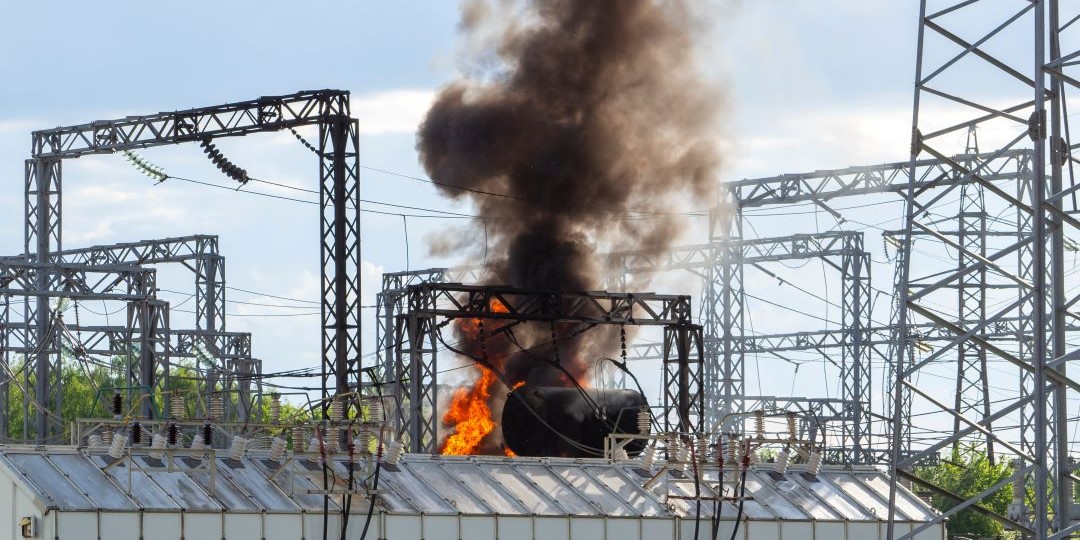A Tale of Two Transformers
The catastrophic loss of a large component yields some hard-earned insight
by Dave Righthouse – Senior Project Manager, Plant Operations, NAES Corporation
Public agencies are generally assumed to exist for the public good. Regardless of how long you’ve waited in line or struggled with bureaucratic red tape, you still have faith that the department in question is there to provide a public benefit. We put that faith to the test earlier this year.
Near the end of May, a large 200 MVA step-up transformer was destroyed by fire at a plant in Southern California. This not only represented a costly loss of capital equipment but also prevented the plant from generating power. Such an event can have a long recovery process, because it often takes a year or longer to build a transformer of this size to order. Once it’s ready for shipment, it requires special handling and shipping permits issued by each state through which it will be transported.
Fortunately, the facility located a replacement transformer, thus saving them a year of lead time. The owner contracted with NAES Engineering & Technical Services to assist with project scheduling, materials procurement, logistics and other tasks for the change-out. The NAES team solicited quotes from heavy-hauling contractors and then selected the best of these. The shipper advised that permitting for such a transport would likely take several weeks. We needed to find a way to expedite this.
While the hauler offered to request high-priority processing from the various departments of transportation, we believed it would be more effective for us to draft a letter on behalf of the facility owner that appealed to the DOTs’ sense of duty. We focused on the public good that this transport would achieve – specifically, on the elevated risk to the community and the Bulk Electric System (BES) caused by the out-of-service plant. We noted that this facility normally provided 200MW of much-needed capacity to the Los Angeles Basin – which was just then heading into a peak summer season that was predicted to be abnormally hot. Typically, 200MW serves more than 200,000 households and could impact in excess of a million people. Without this critical capacity, we noted, the BES could overtax already strained generating resources.
Our strategy worked. In fact, it drew swift responses from all of the DOTs. The usual three-week turnaround took only five days, with some of the states even waiving special restrictions. Nevada, for example, lifted its Friday-only requirement for oversized transport and even provided Highway Patrol escorts. California conducted a complete load inspection on a Saturday – something typically reserved for weekdays – and allowed Sunday-night transport. As it turned out, the plant took delivery of the transformer 10 days sooner than projected and even had to assign site crews to work overtime to prepare for the early arrival.
The lesson learned here: Before approaching a public agency with a request, do a little research on that agency’s mission and how it sees itself serving the public good. Then, jot down all they ways in which your plant or project benefits that same public good. Present your request in a way that helps the agency connect the dots. In the case of our transformer, no one wanted to be the roadblock that jeopardized the welfare of fellow citizens with an unnecessary administrative delay.











